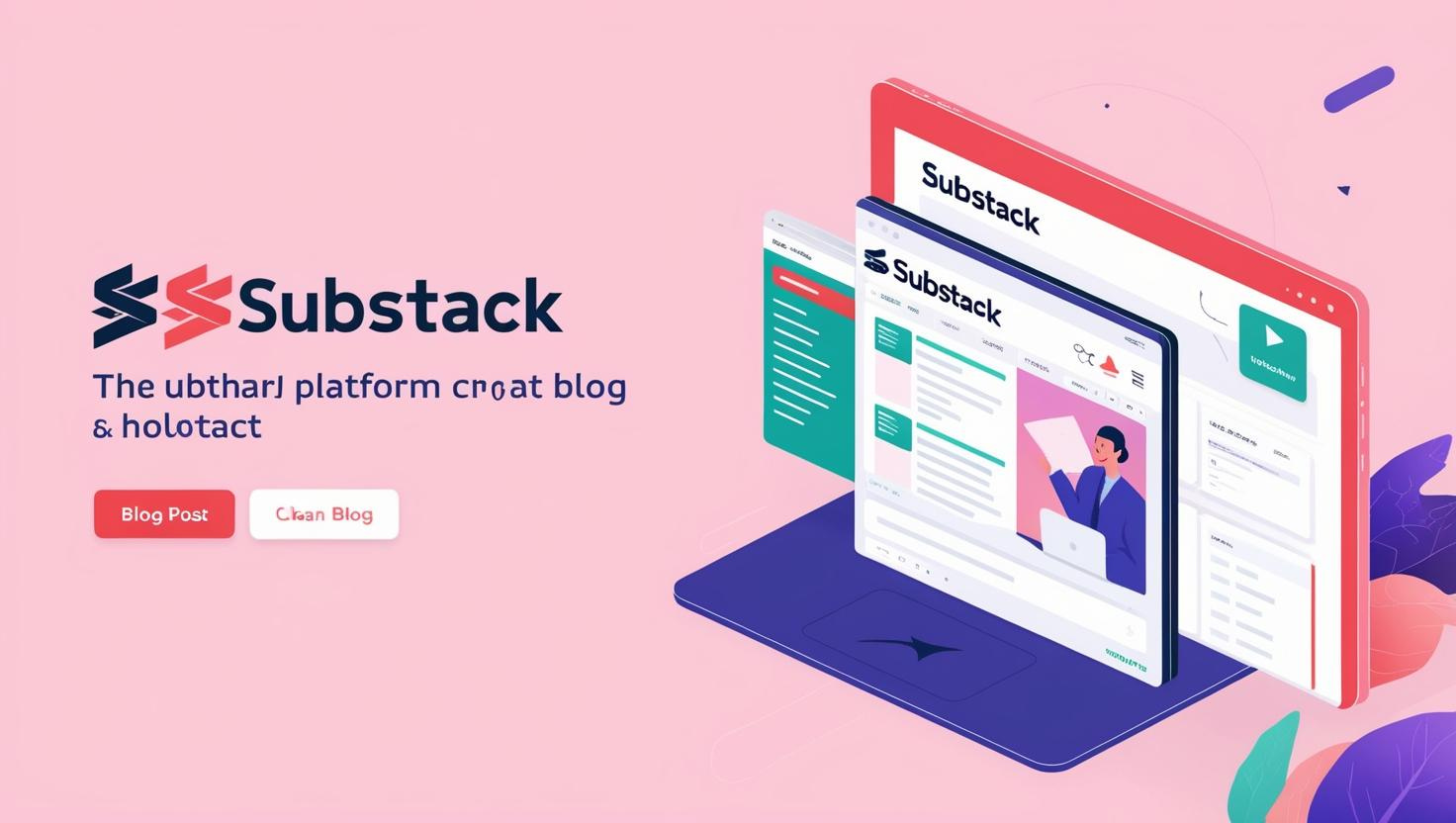The internet has changed the way people read and share information. Many platforms allow writers to publish their work, but one platform has become very popular among writers and readers. This platform is called Substack. Substack is a website where writers can create newsletters and send them directly to their readers. It is simple to use and gives writers full control over their content.
How Substack Started
Substack was started in 2017 by Chris Best, Hamish McKenzie, and Jairaj Sethi. They wanted to create a platform where writers could publish freely and earn money. They noticed that many writers were not happy with traditional media. Many newspapers and magazines were closing, and writers were looking for new ways to reach their readers. Substack provided a solution by allowing writers to send newsletters to their readers through email.
How Substack Works
Substack is different from blogs and social media platforms. On Substack, a writer creates a newsletter, and people can subscribe to receive it in their email inbox. Some newsletters are free, and some require payment. Writers decide how they want to share their content.
Steps to Start on Substack
- Create an Account – Writers sign up on Substack for free.
- Set Up a Newsletter – Writers choose a name and description for their newsletter.
- Write and Publish – Writers create posts and send them to their subscribers.
- Choose Free or Paid Subscription – Writers decide if their newsletter will be free or if readers need to pay to access their content.
- Grow an Audience – Writers promote their newsletter to attract more subscribers.
Why Writers Use Substack
Many writers like Substack because it gives them freedom. They do not need to follow rules from big media companies. They can write what they want and connect directly with their readers.
Benefits of Substack
- Direct Connection with Readers – Writers send content straight to their subscribers without needing a middleman.
- Earning Opportunities – Writers can make money through paid subscriptions.
- No Advertisements – Readers do not see ads in newsletters.
- Easy to Use – Writers do not need technical skills to start.
Who Uses Substack?
Substack is popular among journalists, bloggers, and experts in different fields. Some well-known writers have left big media companies to start their own newsletters on Substack. These writers enjoy the independence Substack offers.
How Writers Make Money on Substack
One of the biggest attractions of Substack is the ability to earn money. Writers can set a price for their newsletter, and subscribers pay a monthly or yearly fee to receive exclusive content. Substack takes a small percentage of the earnings, and the rest goes to the writer.
Ways to Earn on Substack
- Paid Subscriptions – Readers pay for premium content.
- Donations – Some writers allow readers to support them voluntarily.
- Sponsorships – Some newsletters feature sponsors who pay to be mentioned.
Challenges of Using Substack
While Substack has many benefits, it also has challenges. Not every writer becomes successful. Growing an audience takes time and effort. Some writers may struggle to attract paid subscribers. Also, since Substack does not have ads, writers rely only on subscriber payments to make money.
Common Challenges
- Building an Audience – It can take time to gain subscribers.
- Competition – Many writers are using Substack, so standing out can be hard.
- Income Uncertainty – Writers may not always earn a steady income.
How Substack is Changing Journalism
Substack has become a new way for journalists to work independently. In the past, journalists needed to work for newspapers or news websites. Now, they can start their own newsletter and earn money directly from readers. Some well-known journalists have left their jobs to work on Substack full-time.
Substack vs. Traditional Media
Substack is different from newspapers and magazines. In traditional media, editors decide what gets published. On Substack, writers make their own decisions. However, Substack does not have a team to fact-check articles like big news companies do. This means readers must trust the writers they follow.
Differences Between Substack and Traditional Media
| Feature | Substack | Traditional Media |
|---|---|---|
| Control | Writers have full control | Editors decide content |
| Revenue | Subscription-based | Ads and subscriptions |
| Fact-Checking | Writer’s responsibility | Newsrooms verify information |
| Audience | Direct email subscribers | General public |
How Readers Benefit from Substack
Readers also enjoy Substack because they can choose newsletters that interest them. Instead of reading general news, they get content from writers they trust. Many readers like supporting independent writers directly.
Advantages for Readers
- Personalized Content – Readers choose newsletters based on their interests.
- Ad-Free Experience – No ads interrupt the reading experience.
- Direct Connection – Readers can interact with writers through comments and emails.
The Future of Substack
Substack is growing quickly, and more writers are joining every day. Some people believe Substack is the future of journalism. Others think it may face challenges as more platforms compete in the newsletter space. However, Substack has already changed how writers and readers connect, and its impact will continue to grow.
